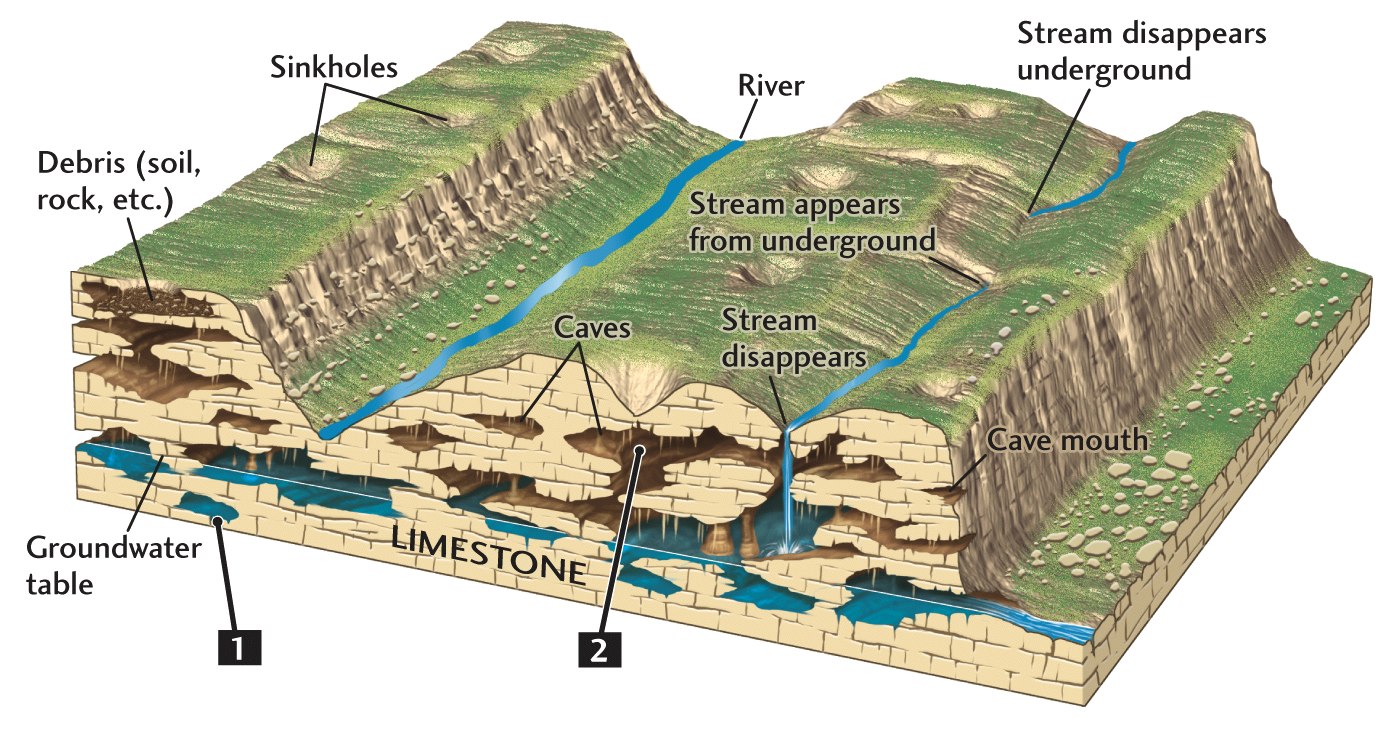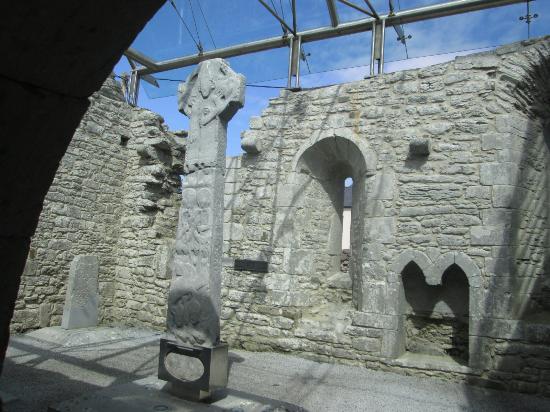The Burren
The Burren is a karst landscape in County Clare, Ireland. It measures approximately 250 square kilometres and is enclosed roughly within the circle made by the villages of Ballyvaughan, Kinvara, Tubber, Corofin, Kilfenora and Lisdoonvarna.
The Burren National Park is one of six National Parks in Ireland and the smallest in size (15 km²).The Burren National Park Visitor Centre is located on Church Street in Corofin, County Clare, Ireland.
History
The Burren area formed part of the territory of Corco Modhruadh. At some point around the 12th Century, the territory was divided in two: Corco Modhruadh Iartharach and Corco Modhruadh Oirthearach also known as Boireann which in the late 16th century became the English administrative baronies of Corcomroe and Burren respectively. The villages and towns found within the medieval territory of Boireann include Lisdoonvarna, Ballyvaughan, New Quay / Burrin, Noughaval, Bealaclugga, Carron and Fanore / Craggagh.
Burren is rich with historical and archaeological sites. There are more than 90 megalithic tombs in the area, portal dolmens (including Poulnabrone dolmen), a Celtic high cross in the village of Kilfenora, and a number of ring forts - among them the triple ring fort Cahercommaun on the edge of an inland cliff, and the exceptionally well-preserved Caherconnell Stone Fort. Corcomroe Abbey is one of the area's main scenic attractions.
Geology
The rolling hills of Burren are composed of limestone pavements with criss-crossing cracks known as "grikes", leaving isolated rocks called "clints". The region supports arctic, Mediterranean and alpine plants side-by-side, due to the unusual environment. The limestones, which date from the Visean stage of the Lower Carboniferous, formed as sediments in a tropical sea approximately 350 million years ago.
Glaciation during the Quaternary period facilitated greater denudation. The result is that the Burren is one of the finest examples of a glacio-karst landscape in the world. The effects of the last glacial period (the Midlandian) are most in evidence, with the Burren overrun by ice during this glaciation. Solutional processes have widened and deepened the grikes of the limestone pavement. Pre-existing lines of weakness in the rock contribute to the formation of extensive fissures separated by clints (flat pavement like slabs). The rock karstification facilitates theformation of subterranean drainage .
 limestone pavement
limestone pavement
 the Burren
the Burren
 structure of a limestone
structure of a limestone
Climate and agriculture
The Burren has an unusually temperate climate. Average air temperatures range from 15 °C in July to 6 °C in January. The soil temperature does not usually drop below 6 °C. Since grass will grow once the temperature rises above 6 °C, this means that the Burren has one of the longest growing seasons in Ireland or Britain, and supports diverse and rich plant growth. Late May is the sunniest time, and also likely the best time to view flowers, with the gentians and avens peaking but orchid species blooming later.
Burren Visitor Centre
At the given location you can see an exhibition about the development of the area. In addition you can take a look into the liffe of the celtics. Another highlight there are the Celtic Crosses. A Celtic cross is a symbol that combines a cross with a ring surrounding the intersection; the cross' stem being longer than the other three intersection. It belongs to a wider group of crosses with a nimbus. In the Celtic Christian world it was combined with the Christian cross and this design was often used for high crosses – a free-standing cross made of stone and often richly decorated. With the Celtic Revival the shape, usually decorated with interlace and other motifs from Insular art, became popular for funerary monuments and other uses, and has remained so, spreading well beyond Ireland.

 celtic cross at the visitor centre
celtic cross at the visitor centre
To visit the exhibition you have to pay a small amount of money, but it is also possible to see a Celtic Cross and a small church without payment.
Taken from wikipedia.org
To log the cache we Please you to answer the following questions:
1. What type of stone was used to build the celtic cross?
2. What are the geological "clints" and "grikes"?
3. What is limestone composed of?
4. If you like you can insert a photo
Do not hesitate to log the cache after sending the answers. We will contact you if something is unclear.